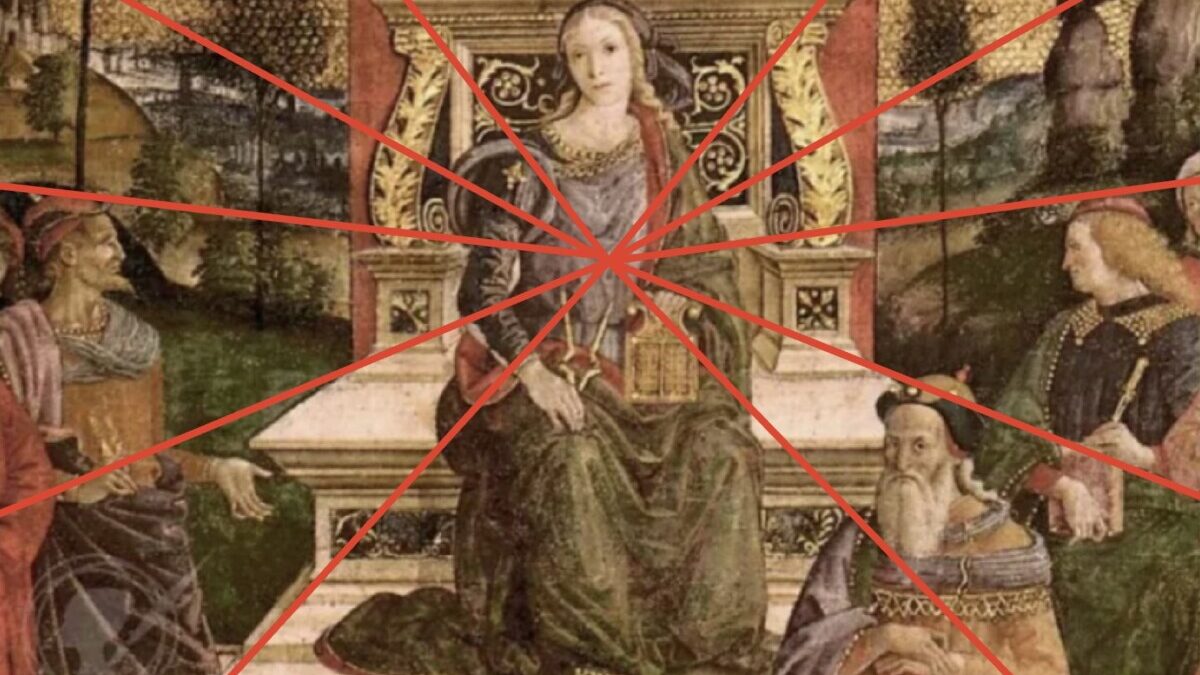1,
This is the official music video (shot on Jan.26.2002) of the song Sleep Now In The Fire (from 1999 album The Battle of Los Angeles) by Rage Against the Machine.
Although this looks different from what we have studied, I still want to write about this, not only because I see it as an experimental short film, but also because the shooting process itself is an experiment.
Michael Moore, the famous documentary filmmaker, and political activist collaborated with the band to make this music video by asking the band to perform in front of the New York Stock Exchange. Before the shoot, Moore got the permission to use steps of Federal Hall National Memorial, but did not have permit to shoot the streets, or creating loud noise. In the video, we can see Michael Moore taken away by the police, but he did not let the camera stop rolling. Indeed, he told the band to continue playing no matter what happens.
After learning about the transition from film to digital, I started to think about the content of this music video as a product of digitalization. First of all, Rudy Giuliani’s smiling face was playing and rewinding on repeat, reminding me of Ballet Mécanique (1924). It is surprising to see that experimental expression like repetition still being applied after 80 years. The mass entertainment and TV element reminds me of Nam Jun Paik’s Global Groove (1973). Of course, after 27 years, we are all aware of the rapid development of technology which brings the world together, but different in its ideology, this music video is displaying mass ignorance and the influence of capitalism (in USA). For example, the constant footages from Who Wants to Be Filthy F#&%ing Rich? (The parody of Who Wants to Be a Millionaire?) intertwined with the band’s performance imposing on backgrounds like gigantic green US dollars, nuclear explosion, and TV commercials (mostly capitalist items). The experimental expression in the film is very simple, but the symbolization is successful and powerful, like when Zack sings in front of puppet faces of Al Gore, George W. Buch, and John McCain.
Gary Bauer’s voice appeared at last, “A band called The Machine Rages On… er… Rage Against the Machine, that band is anti-family and is pro-terrorist.” Note here, Bauer was once appointed by Trump to the United States Commission on International Religious Freedom, and a person holding a board that supports Trump as president appeared in the music video. Nobody would have thought that would come true after 20 years. Going back to the point we have discussed in class about if a film can make people act, my answer is not sure, but they certainly have the potential. In this video, the riot of people storming into the hall happened during the film shoot.
And who would have thought Limp Bizkit’s music video of Break Stuff won that year, instead of this one… I seriously, seriously, DO NOT understand how that happened.
2,
This is the more recent video. It is the official music video of Depeche Mode’s song My Favorite Stranger, in their latest album Memento Mori (2023).
I have a fascination with music videos. Most rock band music videos seem very experimental to me. I picked this one because this looks exactly like what I wanted to film. Just a black and white visually great cool guy/woman walking in places that you cannot tell if it is modern or not. I forgot to mention that my first homework film was also inspired by this video.
The cinematography creates a clear contrast in this black and white world. The black outfit, especially hat, symbolizes mystery. The stranger looks like to be pissing on a tree, but after the stranger moves away, what we see are blood stains. The picture is black and white, so you cannot tell what the liquid really is. However, you just know it is blood.
Throughout the video, the stranger walks in slow motion, so the high quality camera captures every little detail of the cool walking style and the movement of the long coat, creating a dream-like quality that resembles Maya Deren’s works. What makes the scene even more like a dream is the fact that the stranger walks along forest and streets (a contrast between primitive and modern) that not a single person can be seen. It seems like the whole world is muted and dead, and the stranger is the only one alive.
At one point, the stranger stops in front of a shopping window to see self-reflection. Not only the clear window, but also multiple vintage television sets on display reflect the figure. Like the lyrics say, the perfect stranger might just be ourselves. The figure in the video is a reality encapsulation of the dark side of our personality that we never reveal in real life.
In the end, we finally get a good frontal look at the stranger’s face, and guess what? The mustache is fake. This is an androgynous figure.
